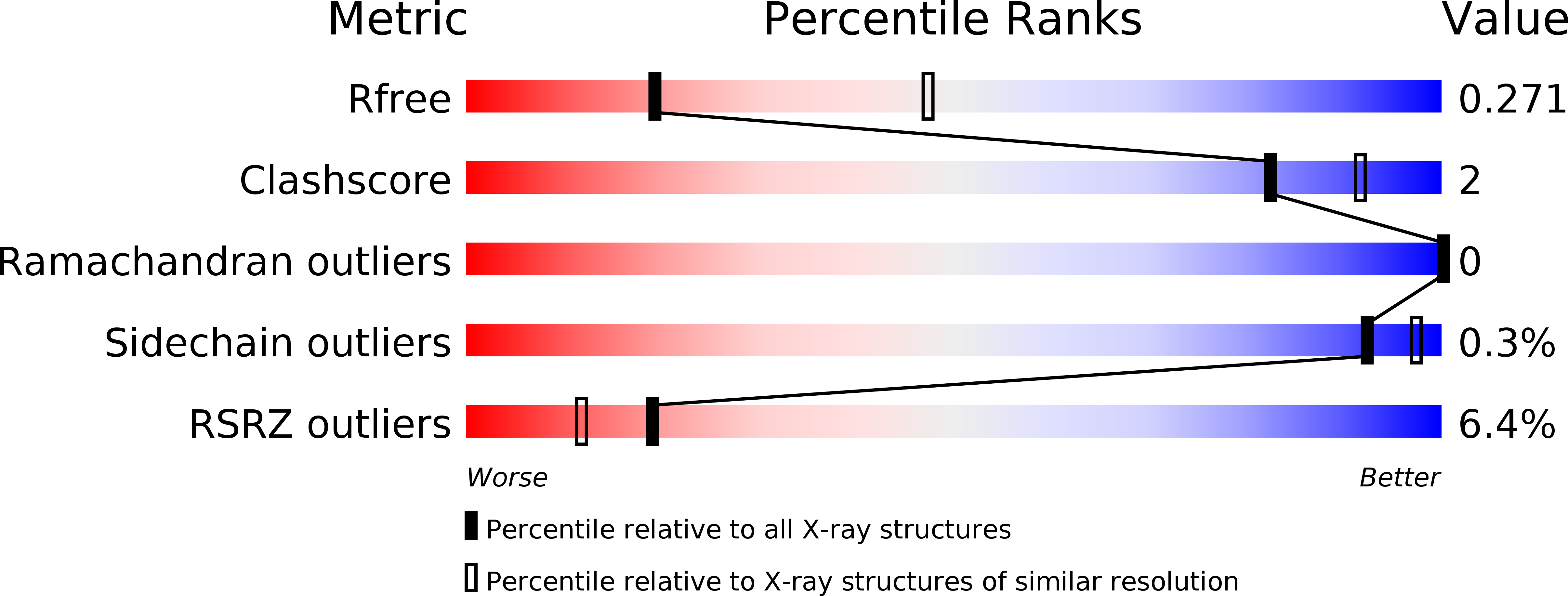
Deposition Date
2018-08-21
Release Date
2019-09-04
Last Version Date
2024-10-30
Entry Detail
PDB ID:
6M84
Keywords:
Title:
Crystal structure of cKir2.2 force open mutant in complex with PI(4,5)P2
Biological Source:
Source Organism:
Gallus gallus (Taxon ID: 9031)
Host Organism:
Method Details:
Experimental Method:
Resolution:
2.81 Å
R-Value Free:
0.26
R-Value Work:
0.22
R-Value Observed:
0.22
Space Group:
I 4


